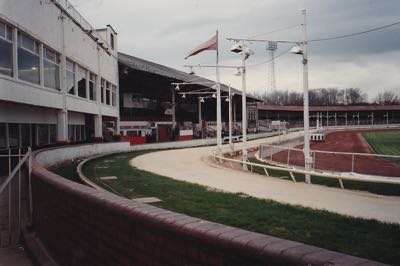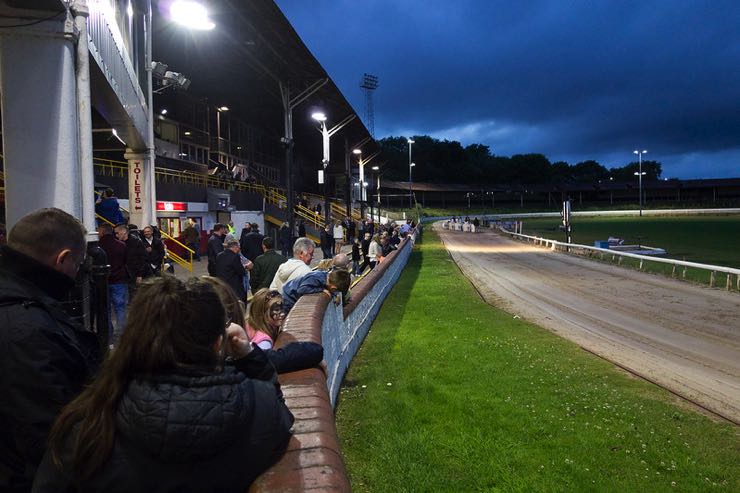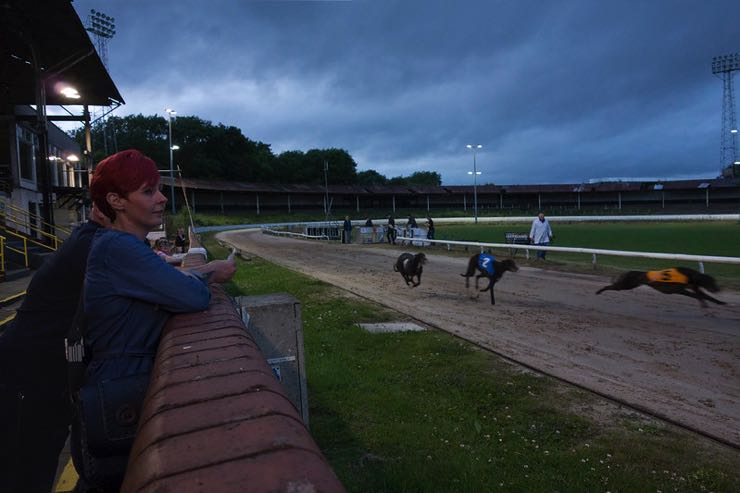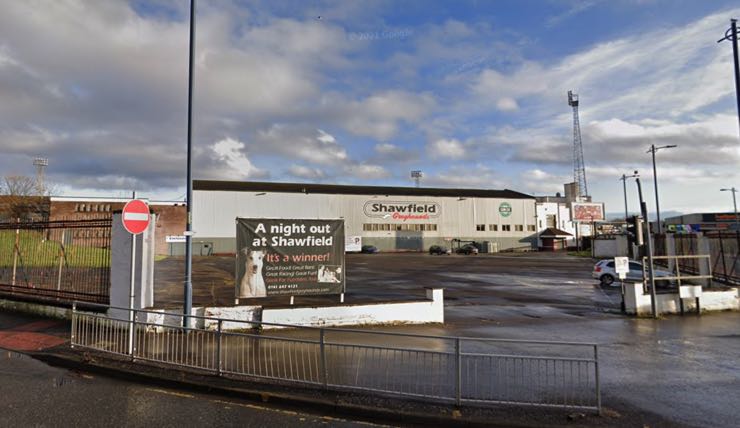
Once one of the UK’s most popular spectator sports, greyhound racing has experienced a period of notable decline since its heyday. The 21st century has proved particularly tough, with several previously thriving tracks being forced into closure. Whilst all areas of the British mainland seem to have been affected to some degree, Scotland has been harder hit than most.
So rapid has the collapse of the Scottish greyhound scene been, that following the 2020 closure of Shawfield Greyhound Stadium there is now not a single officially recognised track located north of the border. Here we take a look at the history, and ultimate decline, of what was once one of the nation’s highest-profile venues.
Former Greyhound Racing at Shawfield

Shawfield Stadium first opened way back in 1898 on a patch of land in the North Rutherglen region, which had previously been used for trotting events. Clyde FC were the original residents, with the site also being used to stage athletics and boxing events in the early years – Scotland’s first ever World Boxing Champion, Benny Lynch, successfully defended his title here in 1937.
Despite those high-profile events, the stadium was experiencing financial difficulties in the late 1920s and early 1930s. In search of an additional, regular revenue stream, rumours began to circulate that greyhound racing may soon be added to the menu. The idea of introducing dog racing had been touted on multiple occasions in the past, only to run into opposition from the Scottish FA each time.
1930s: Shawfield Greyhound Racing Company Ltd Formed
The early 1930s, however, saw the proposal finally begin to gain some traction, largely thanks to the efforts of Glasgow native, John Bisland. Already the owner of the stadium at Stanley in Liverpool, Bisland dreamt of adding another track to his resume, preferably close to his hometown. Shawfield presented the ideal opportunity for the investor and, having come to an agreement with Clyde Chairman John McMahon and the Scottish FA, Bisland established the Shawfield Greyhound Racing Company Ltd (SGRC).
With the track laid, and additional facilities in place, the track opened for business on the 14th of November, 1932 and, despite competition from the existing Glasgow tracks of Albion, Carntyre, Firhill and White City, it proved to be an immediate success. So successful in fact that by 1935 the SGRC were in a position to purchase the stadium and land from Clyde FC, although the football club did remain on site as tenants.
1950s: Other Scottish Tracks Close
The post-war period proved to be a real boom time for the Scottish greyhound scene, but the good times were to prove all too brief: Albion and Firhill had both closed by the end of the 1950s, with White City following in 1962 and Carntyre in 1968 – leaving Shawfield as the only officially recognised track in Glasgow.
That closure of Carntyre in particular was to prove a boon to Shawfield, with the track gaining both the Scottish Greyhound Derby and prestigious St Mungo Cup from the defunct venue. The St Mungo Cup would be run continuously at the track from 1973 to 2009, and then for a final time in 2016, whilst the Scottish Greyhound Derby took place at Shawfield from 1970 to 1985, and from 1989 to 2019.
1975: Fire Damages Track
The track suffered a major blow in 1975 when a fire ripped through the site, devastating most of the facilities. With the site now in need of significant investment, the Greyhound Racing Association (GRA) took over the ownership, restoring the stadium to its former glory and introducing an 80-seat restaurant, new tote facilities and photo finish equipment.
Despite that investment, the track continued to struggle financially, and in 1983, was put up for sale on the open market. Remaining unsold in 1986, Shawfield was then temporarily closed on 25th October, 1986, with long-term residents Clyde FC moving on to pastures new.
Initially expected to fall into the hands of the housing developers, that fate was avoided thanks to the protests of the Shawfield Action Group, led by former bookmaker and racing manager, Billy McAllister. To the relief of fans, the operation was eventually taken on by a consortium headed up by another former bookmaker in Billy King and reopened for business on 11th June, 1987.
1988-1998: Shawfield Greyhound Racing and Leisure Company Ltd
Going under the official title of the Shawfield Greyhound Racing and Leisure Company Ltd, the new owners pumped £100,000 into giving the stadium a much-needed facelift. With the greyhound action back in full swing, speedway was added to the mix, with the Glasgow Tigers staging their home fixtures at the track between 1988 and 1998.
Despite the resurgence at Shawfield, the overall situation for greyhound racing in Scotland remained bleak. In 1995, it was announced that the major Edinburgh track of Powderhall stadium would be replaced by a housing development – leaving Shawfield as Scotland’s last remaining licensed greyhound track. Sadly, it wouldn’t be too long before Shawfield joined Powderhall on the scrap heap.
What Happened to Shawfield Greyhound Track?

A familiar tale lies behind the ultimate demise of the track. Having experienced intermittent financial struggles throughout its lifetime, declining attendances at the track had left the owners close to the edge. That’s not a great position to be in at the best of times, but particularly not in the midst of the enforced lockdowns resulting from 2020’s global health crisis. Closing for business on the 19th of March, 2020, the track has remained shut ever since, with the overwhelming majority of trainers and dogs moving to stadiums south of the border.
The Current Site

The exact plans for the Shawfield Stadium remain something of a mystery at the time of writing. As of September 2022, the site is still owned by the Shawfield Greyhound Racing and Leisure Company Ltd, but there appear to be no plans of reintroducing the sport. Now a rusting, decrepit site, with plant life almost completely overtaking not only the track area but also the stands, the stadium looks as though it has been closed for a lot longer than a mere two years and could be a scene for a post-apocalyptic movie.
Given the state of the stadium and the consistent lobbying of the activist group Scotland Against Greyhound Exploitation, it seems most likely that the site will ultimately be repurposed as an accommodation facility.